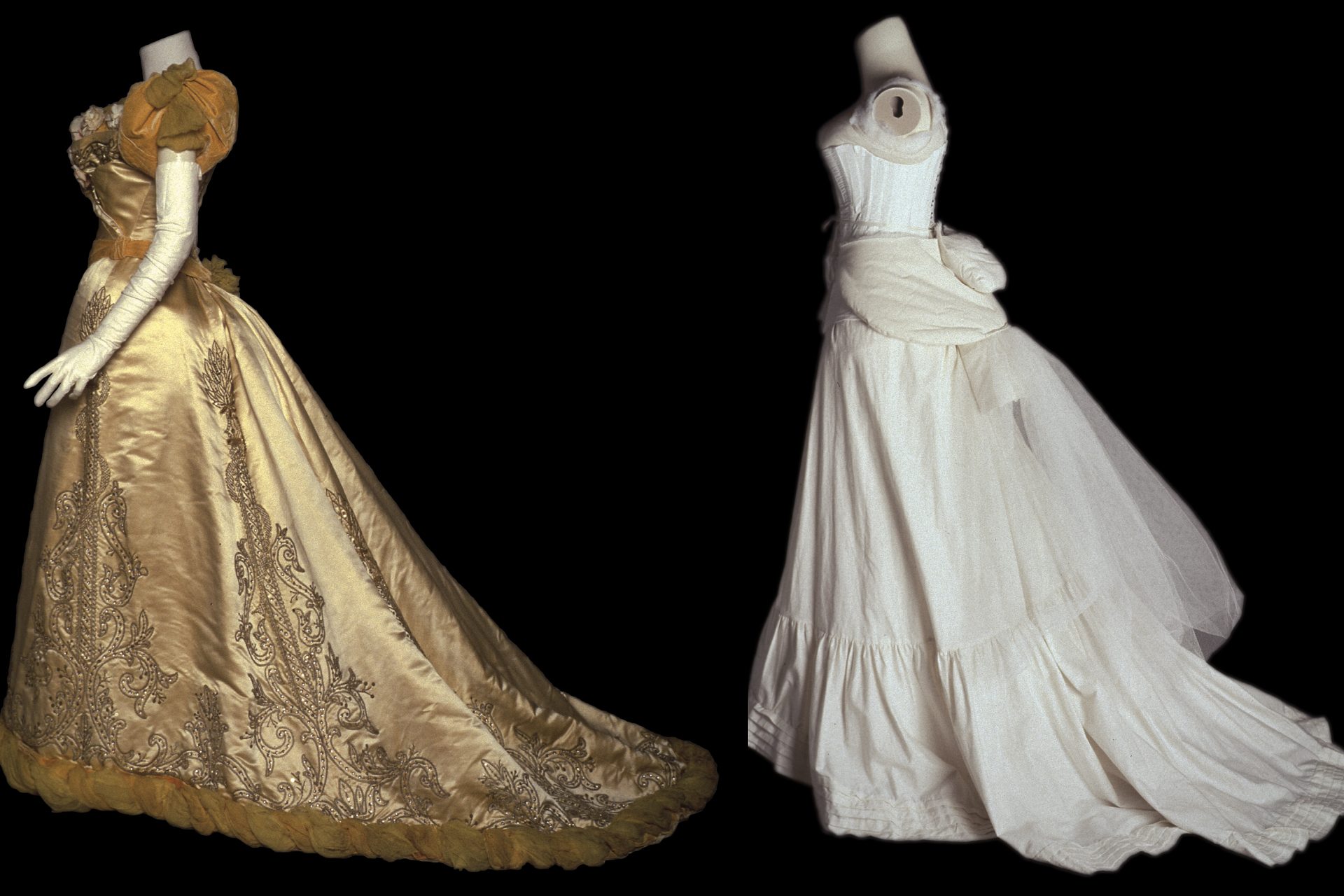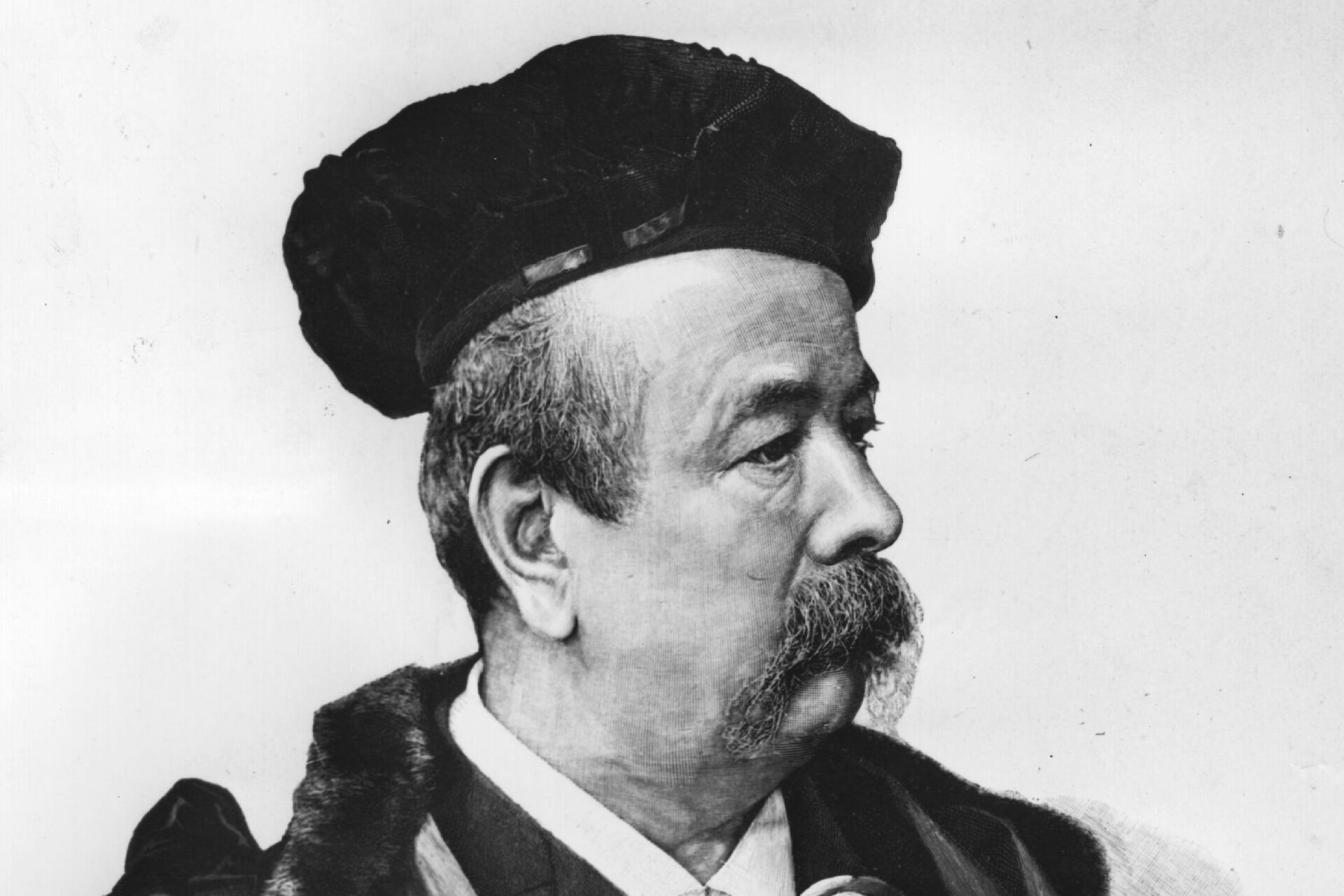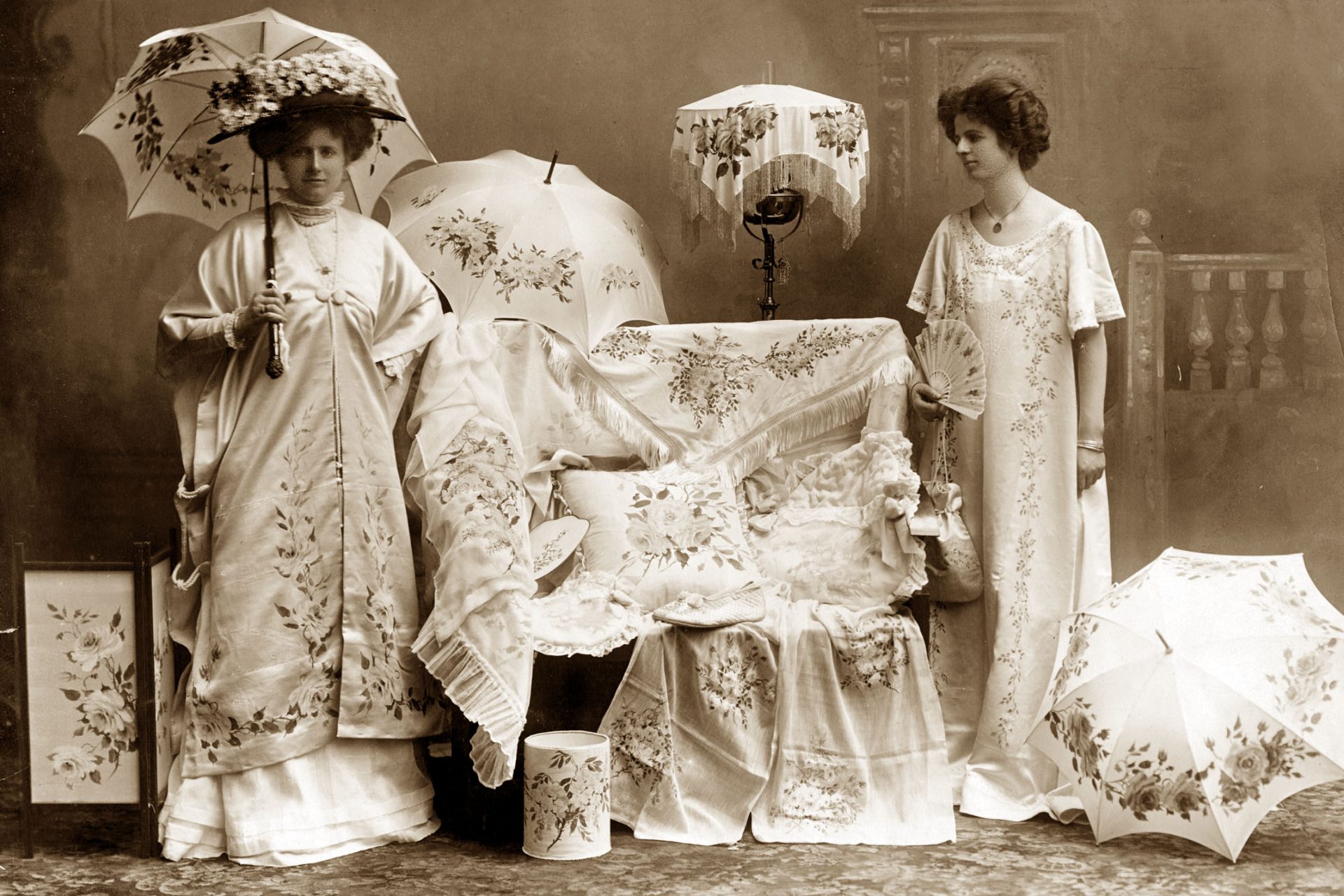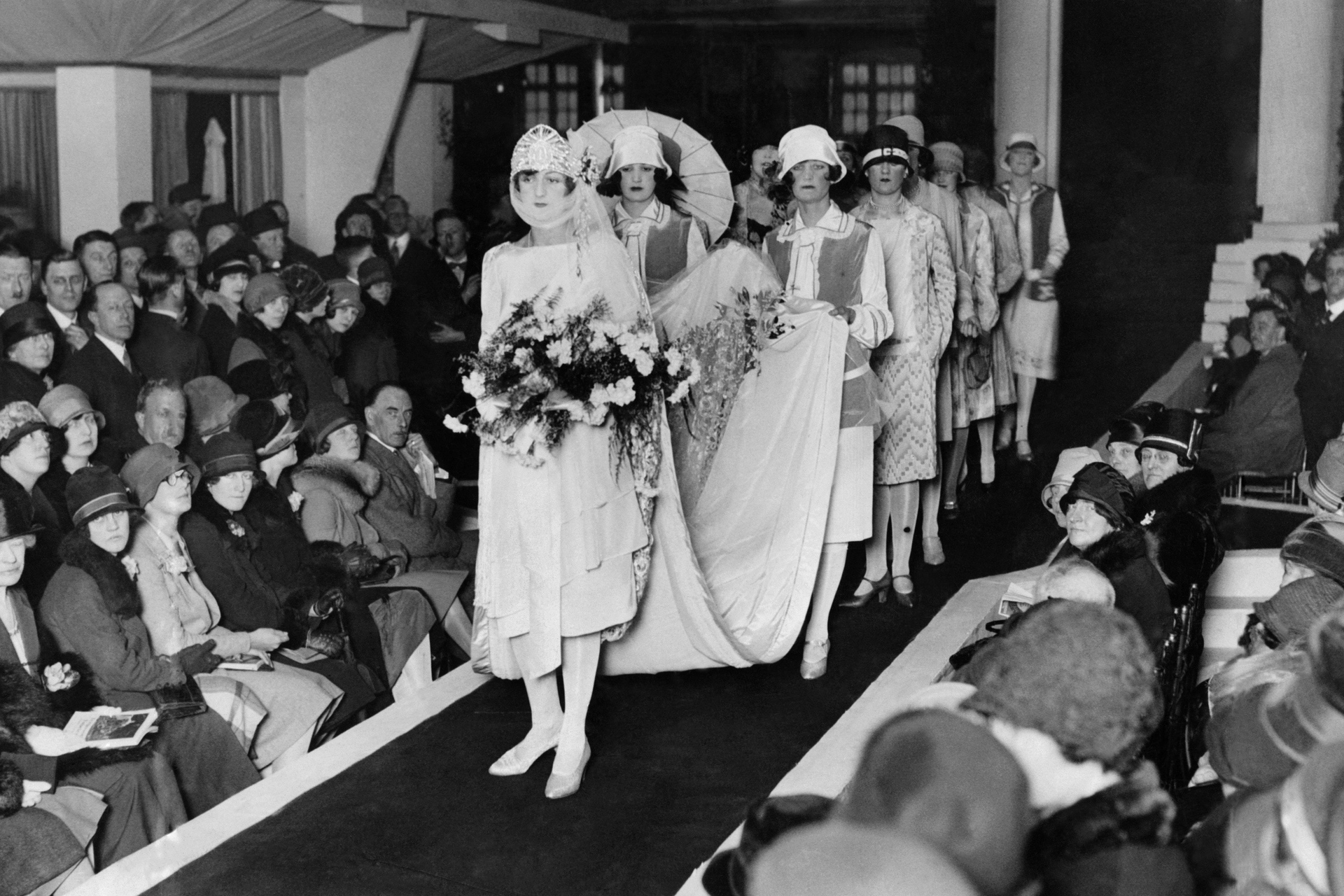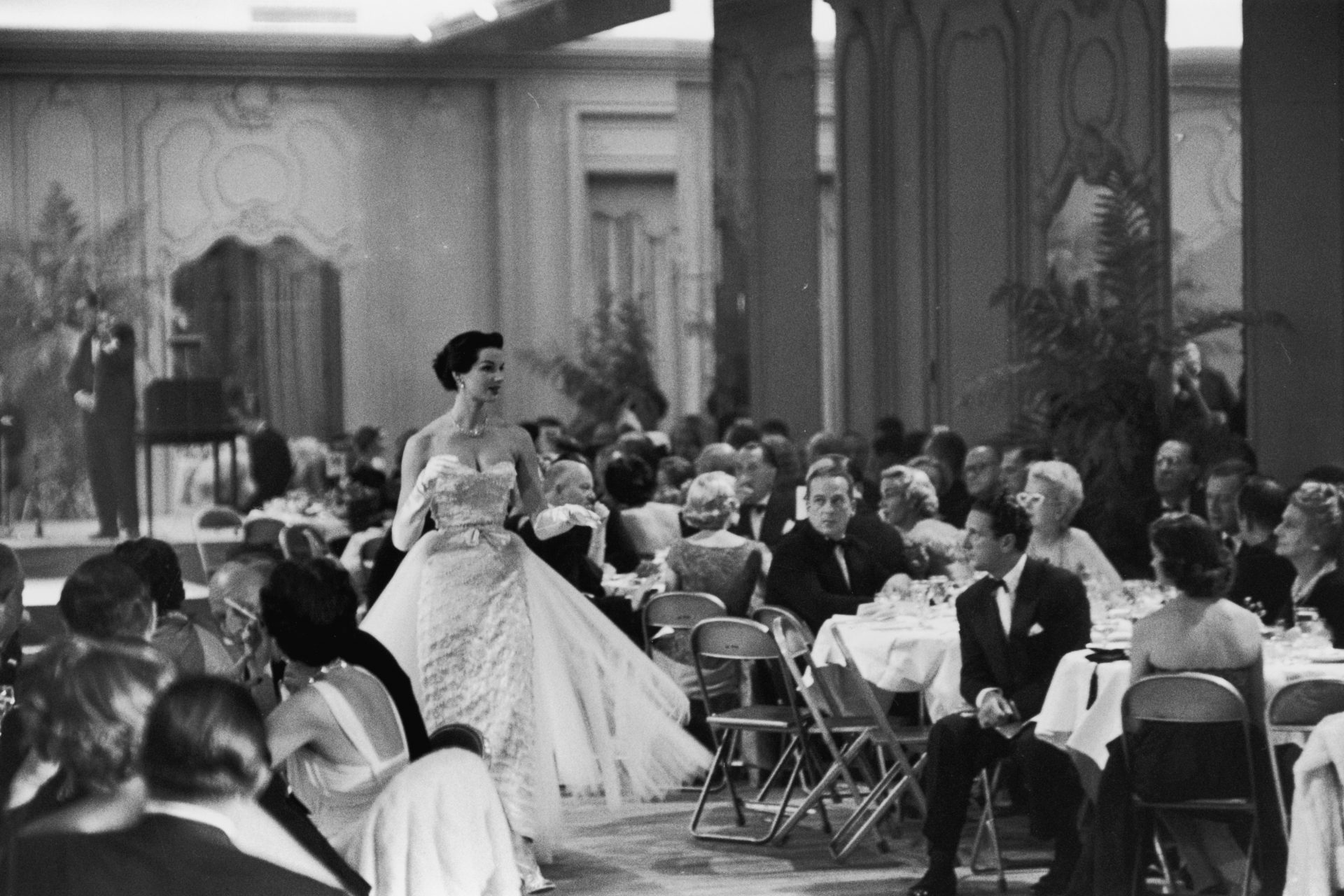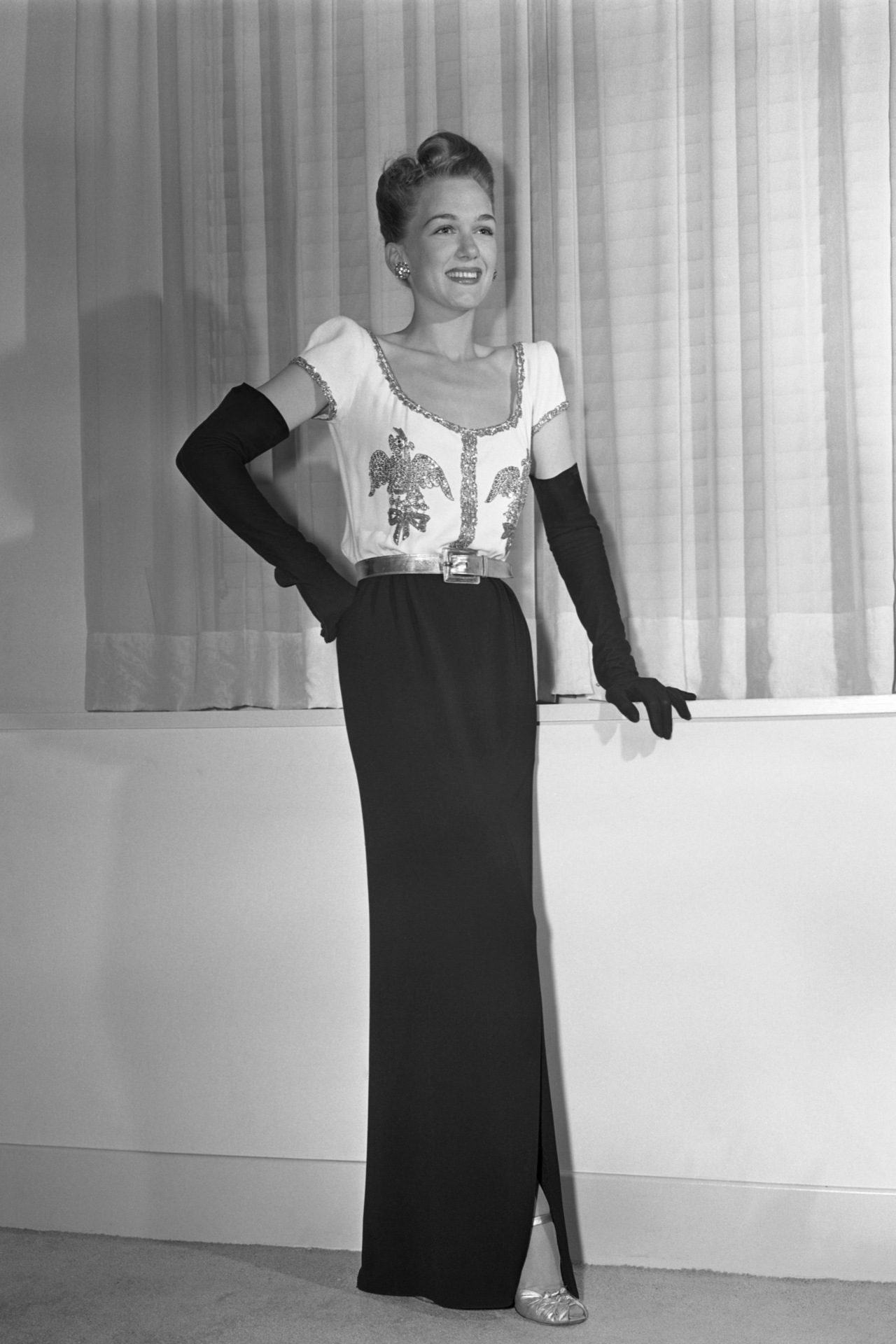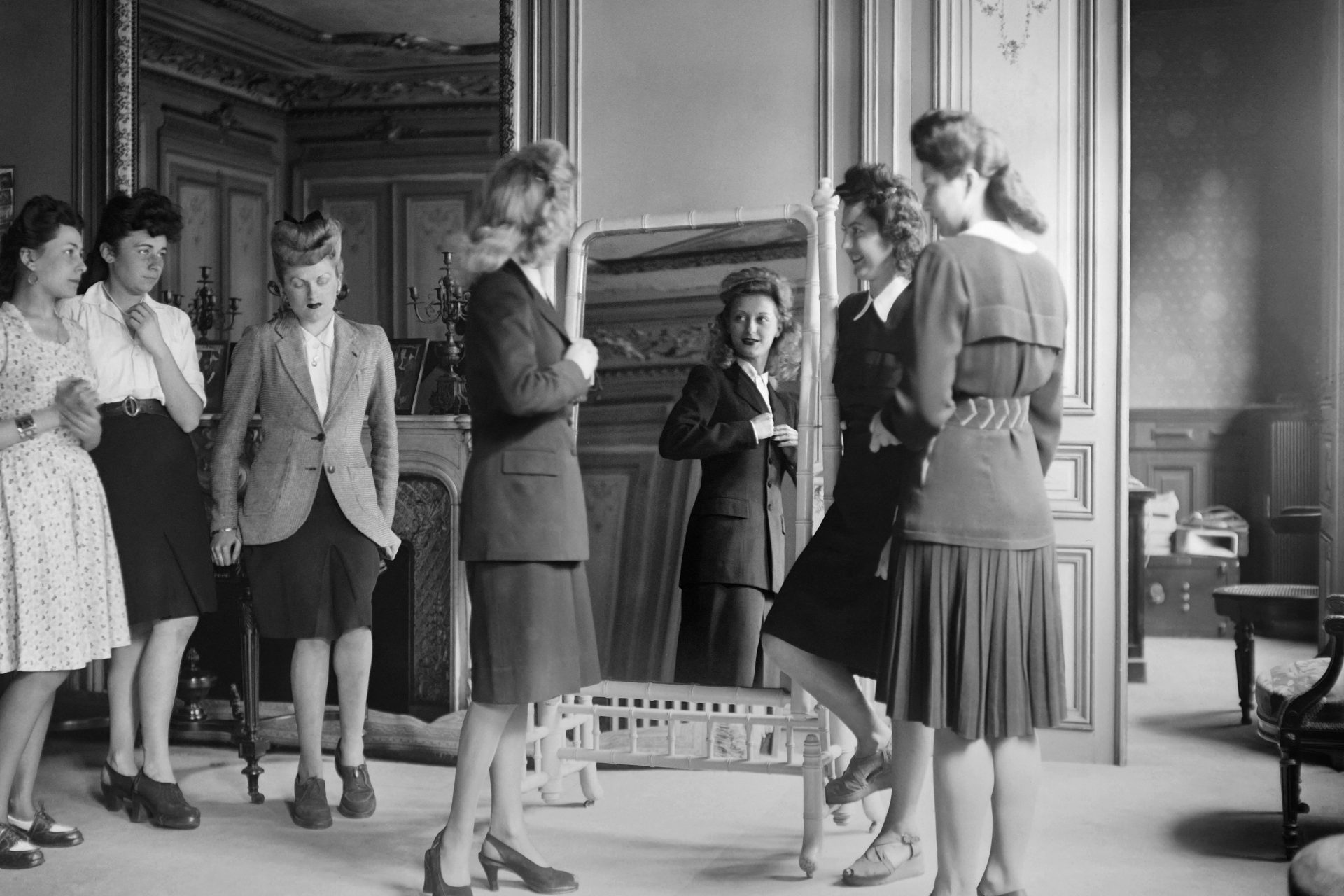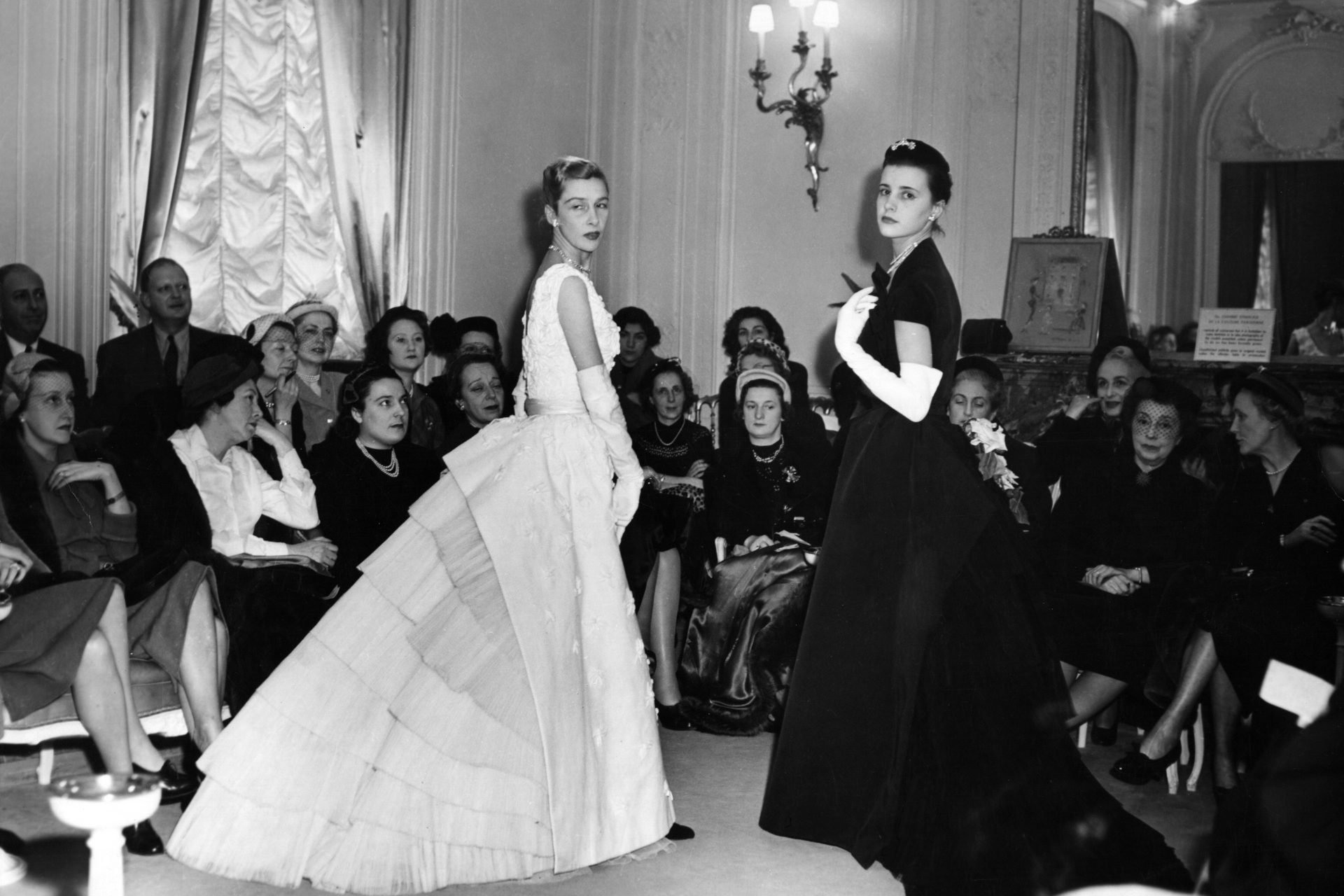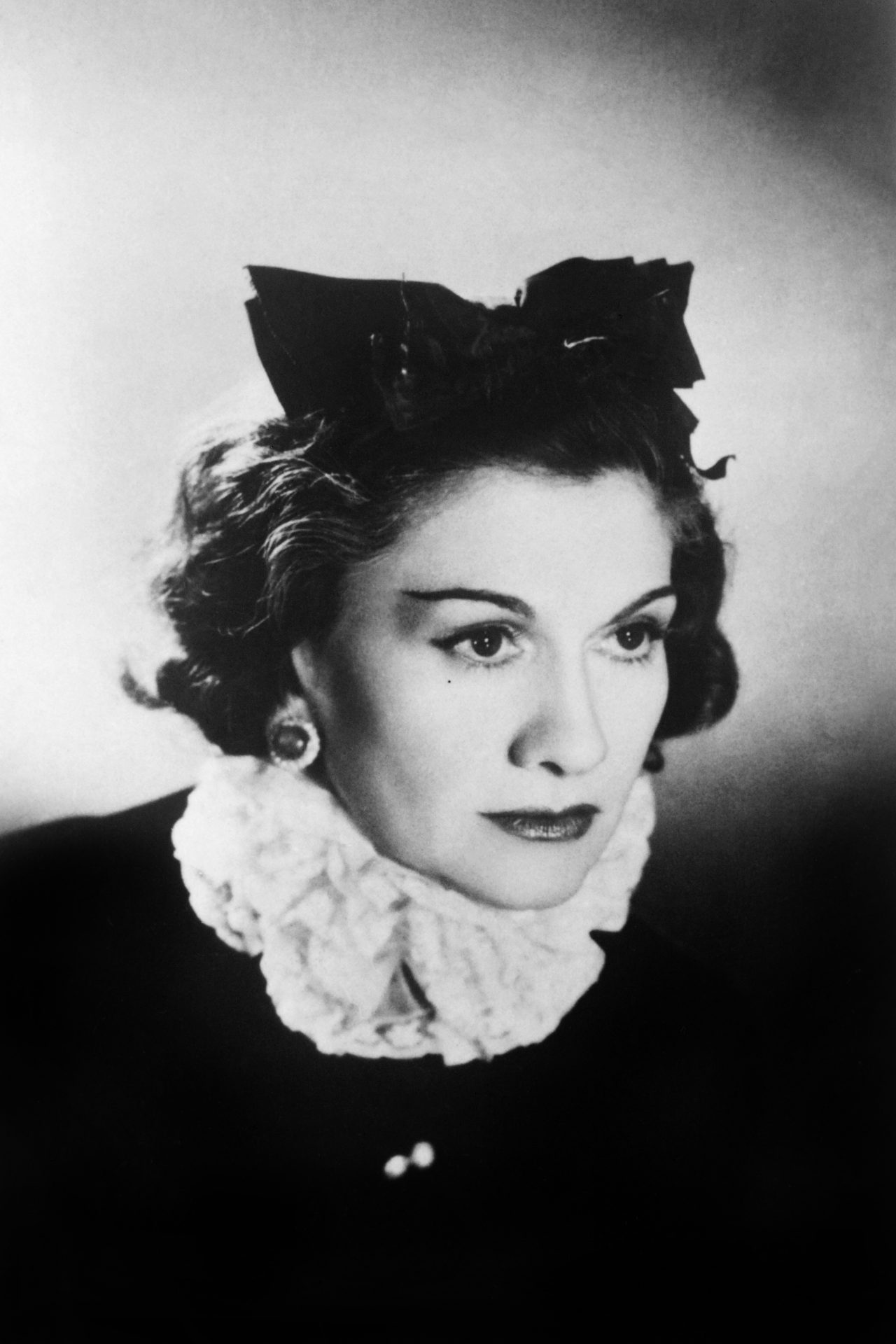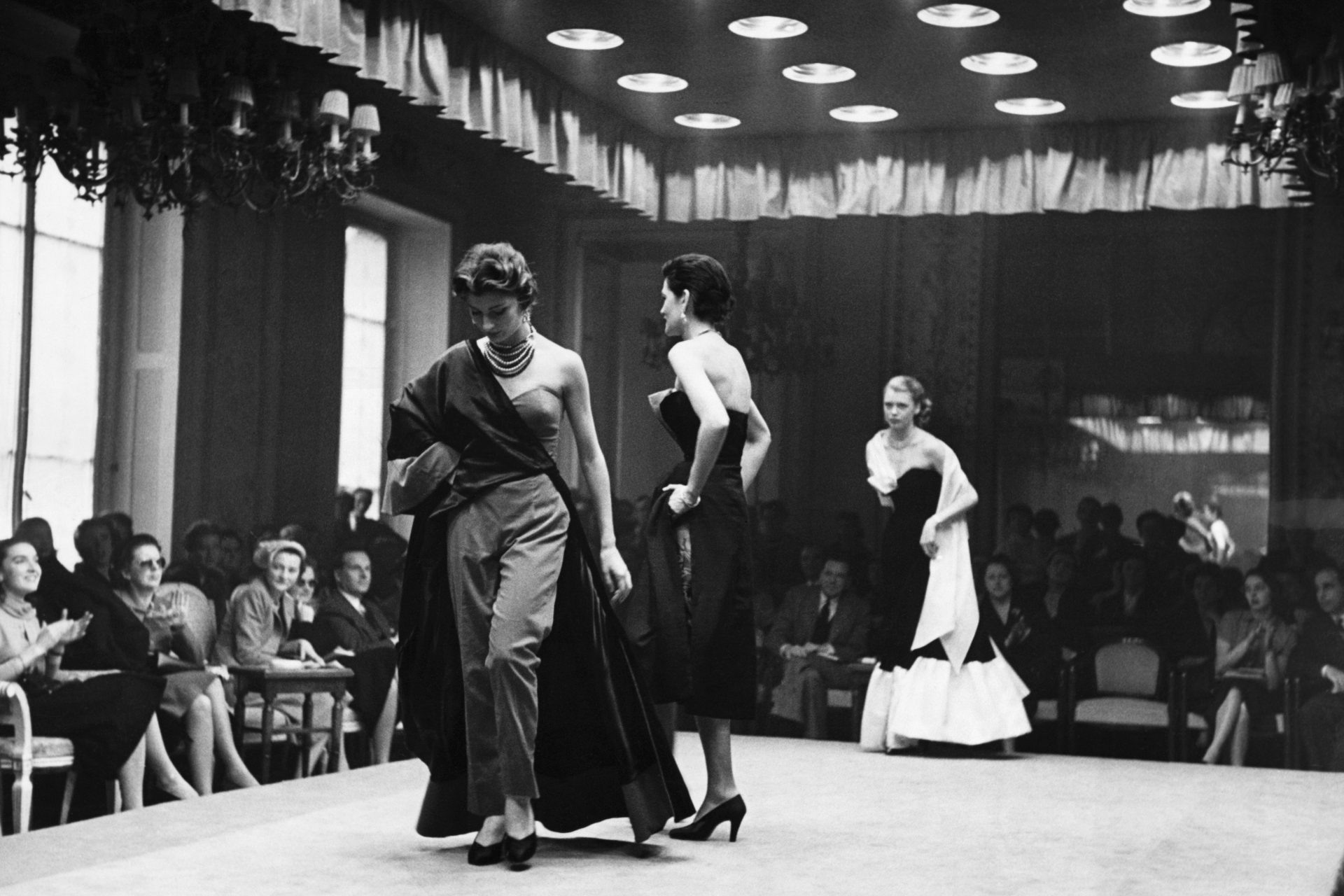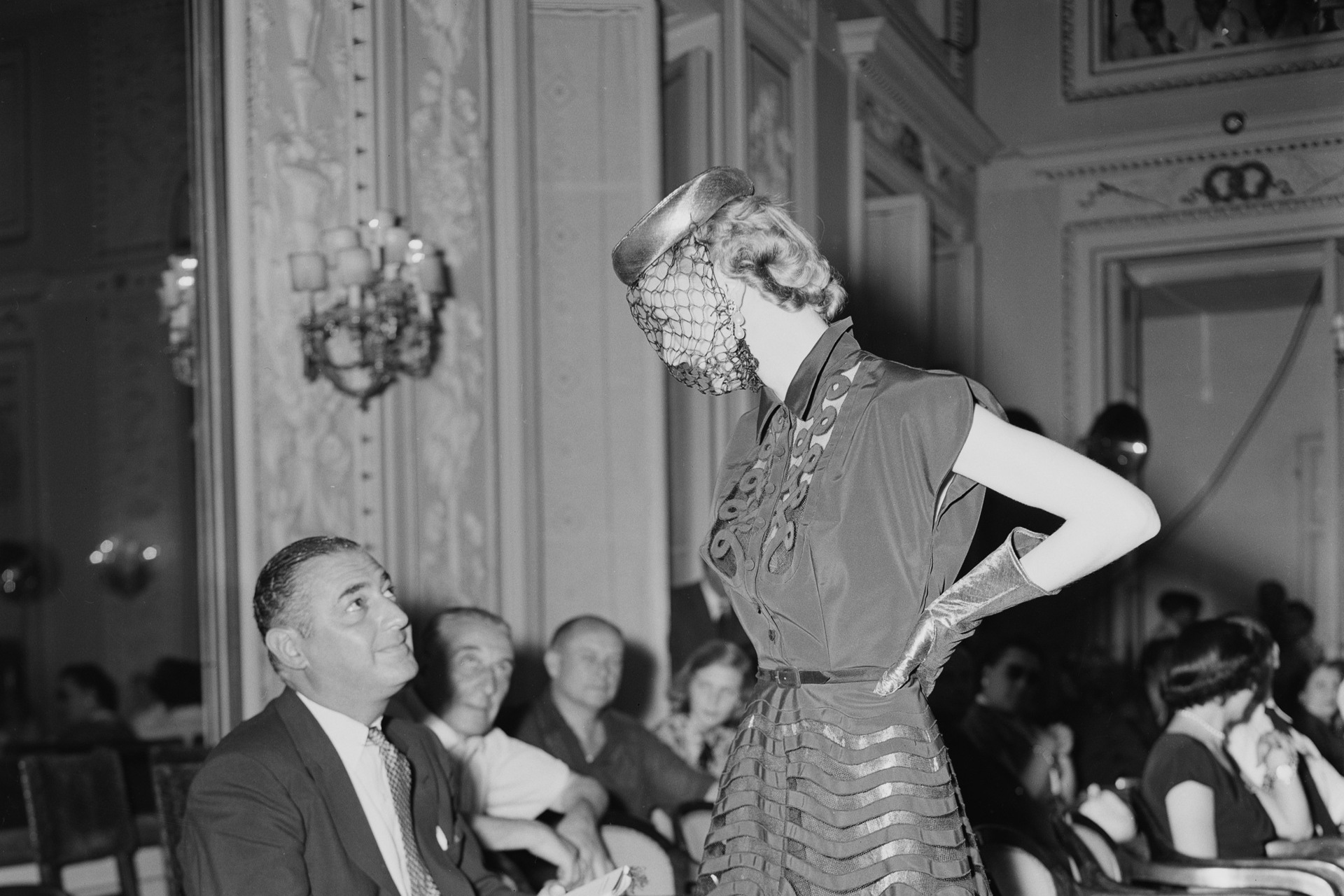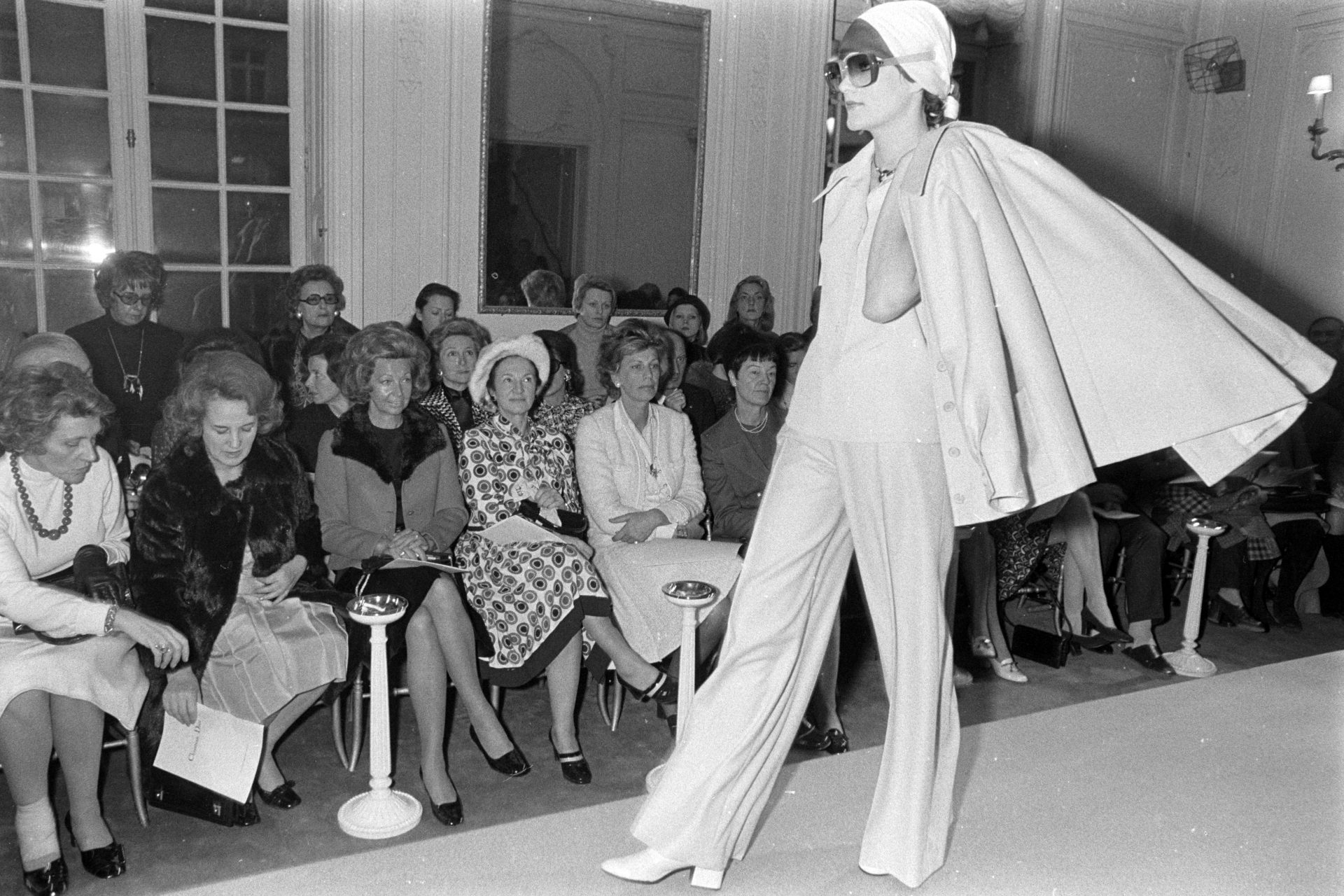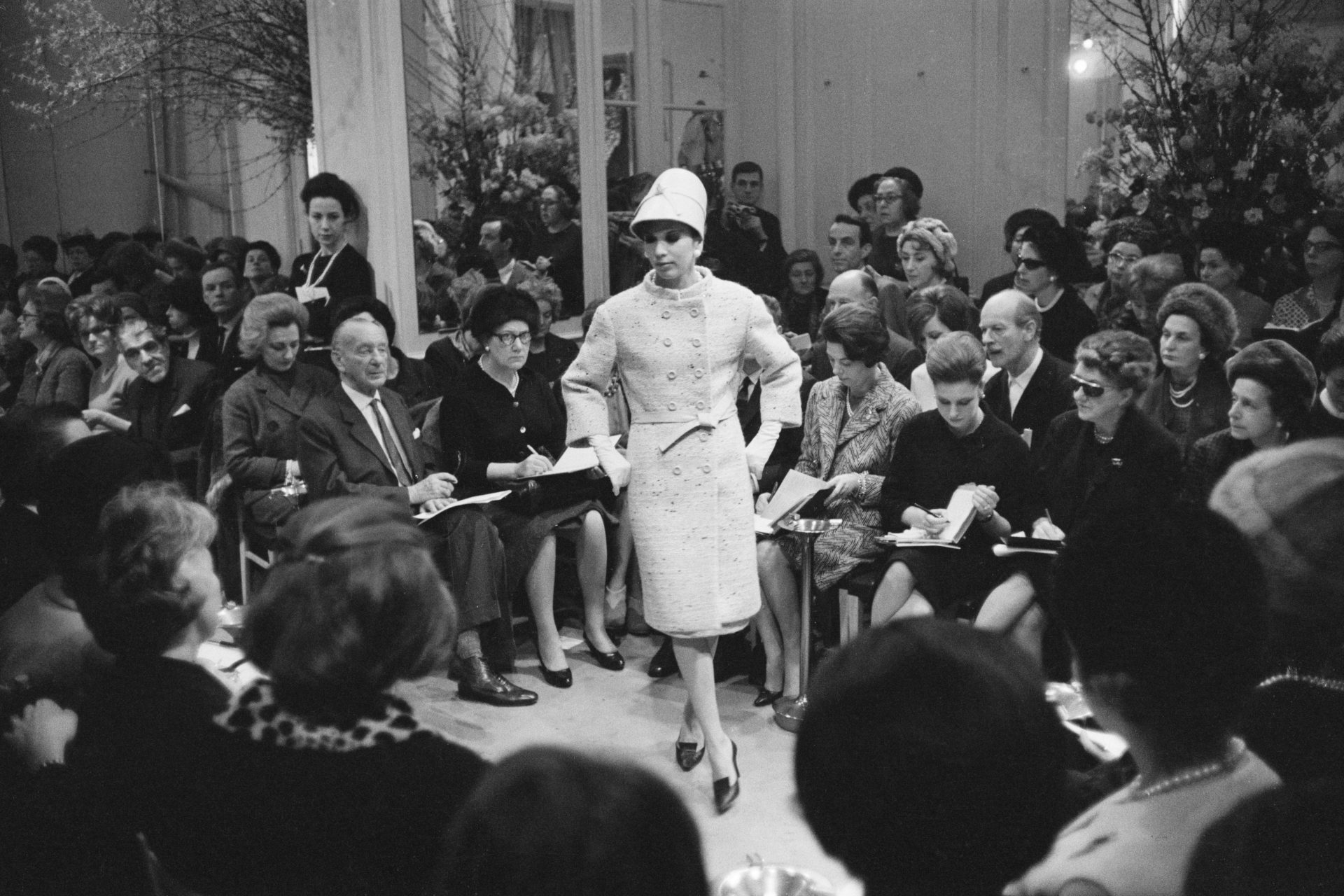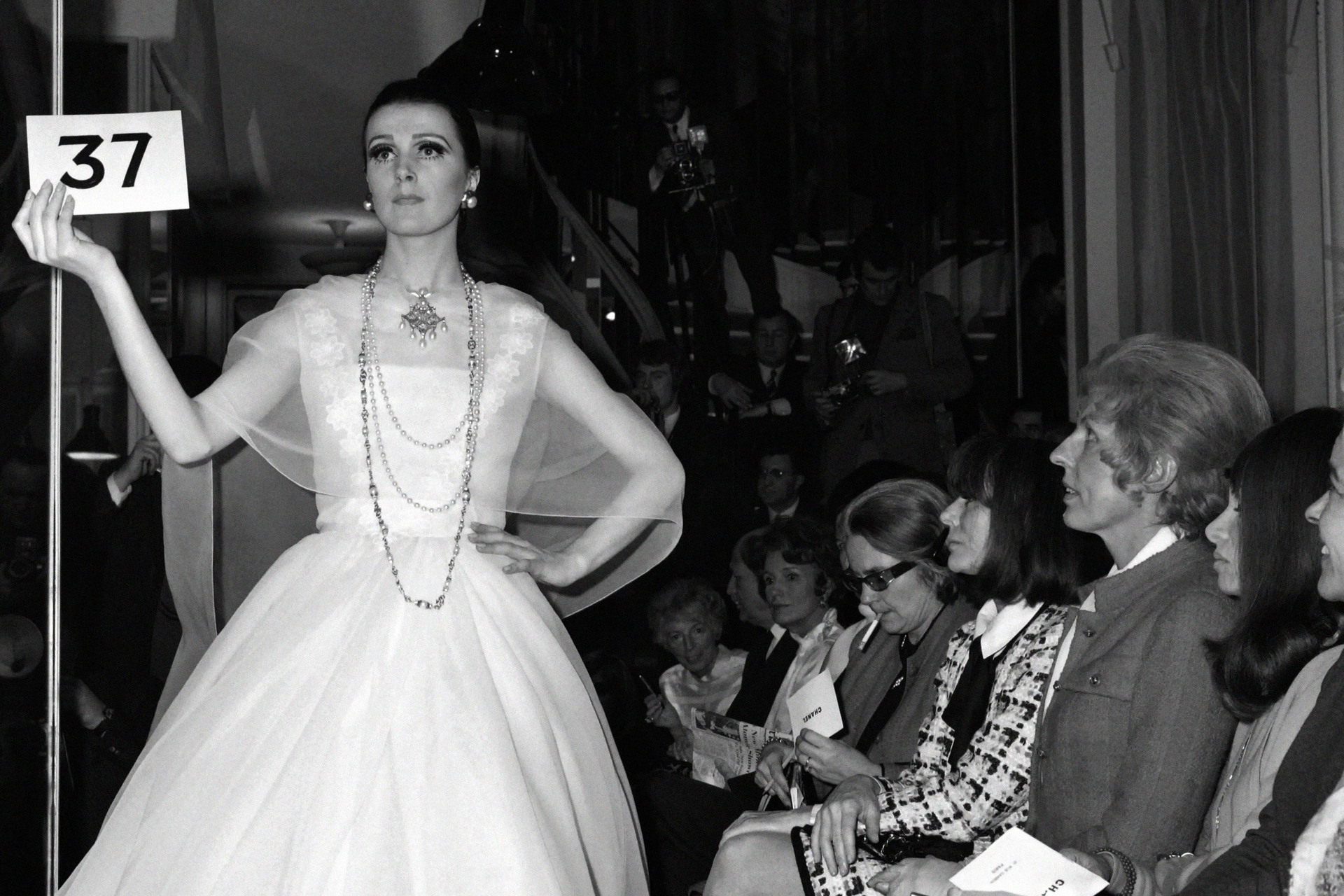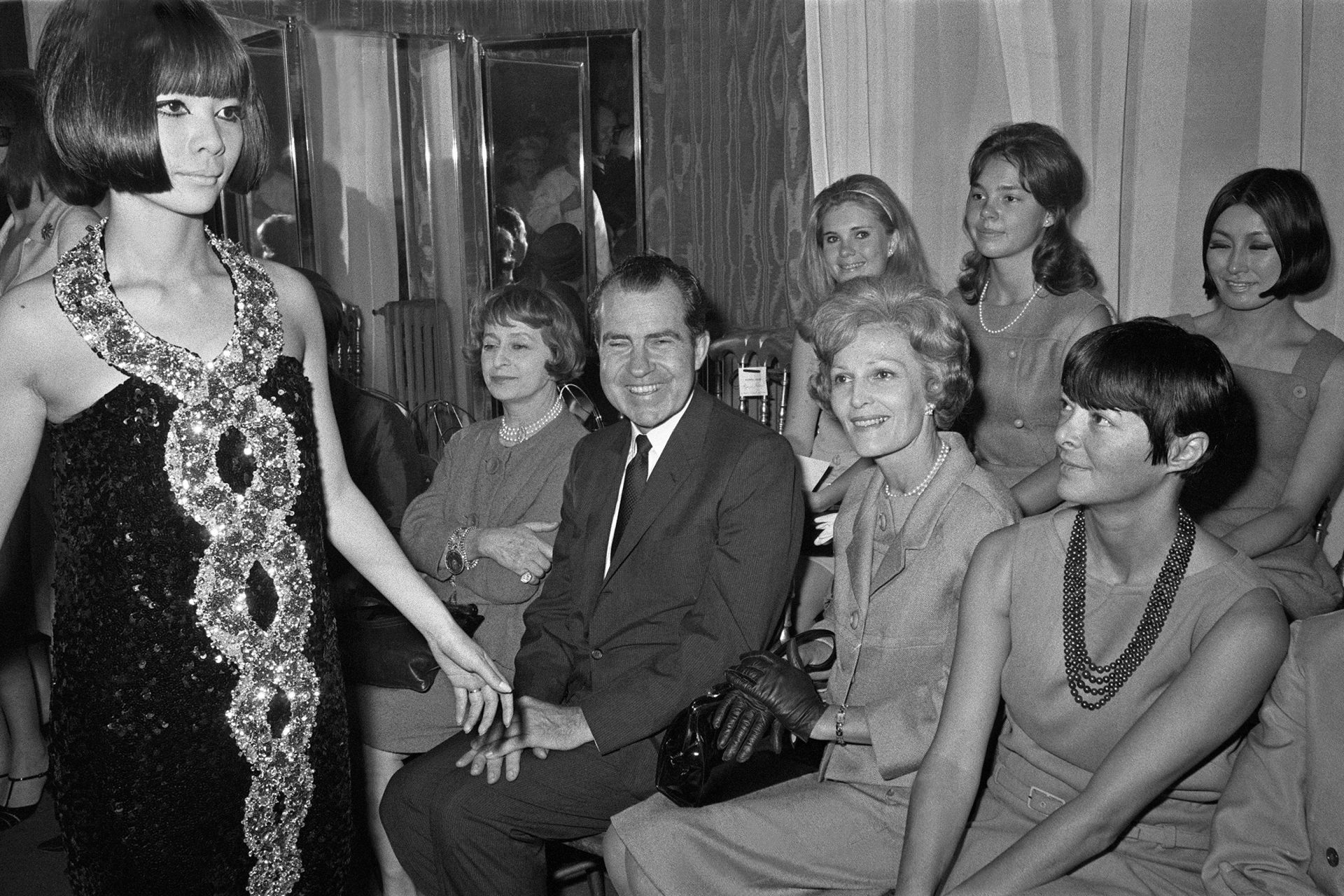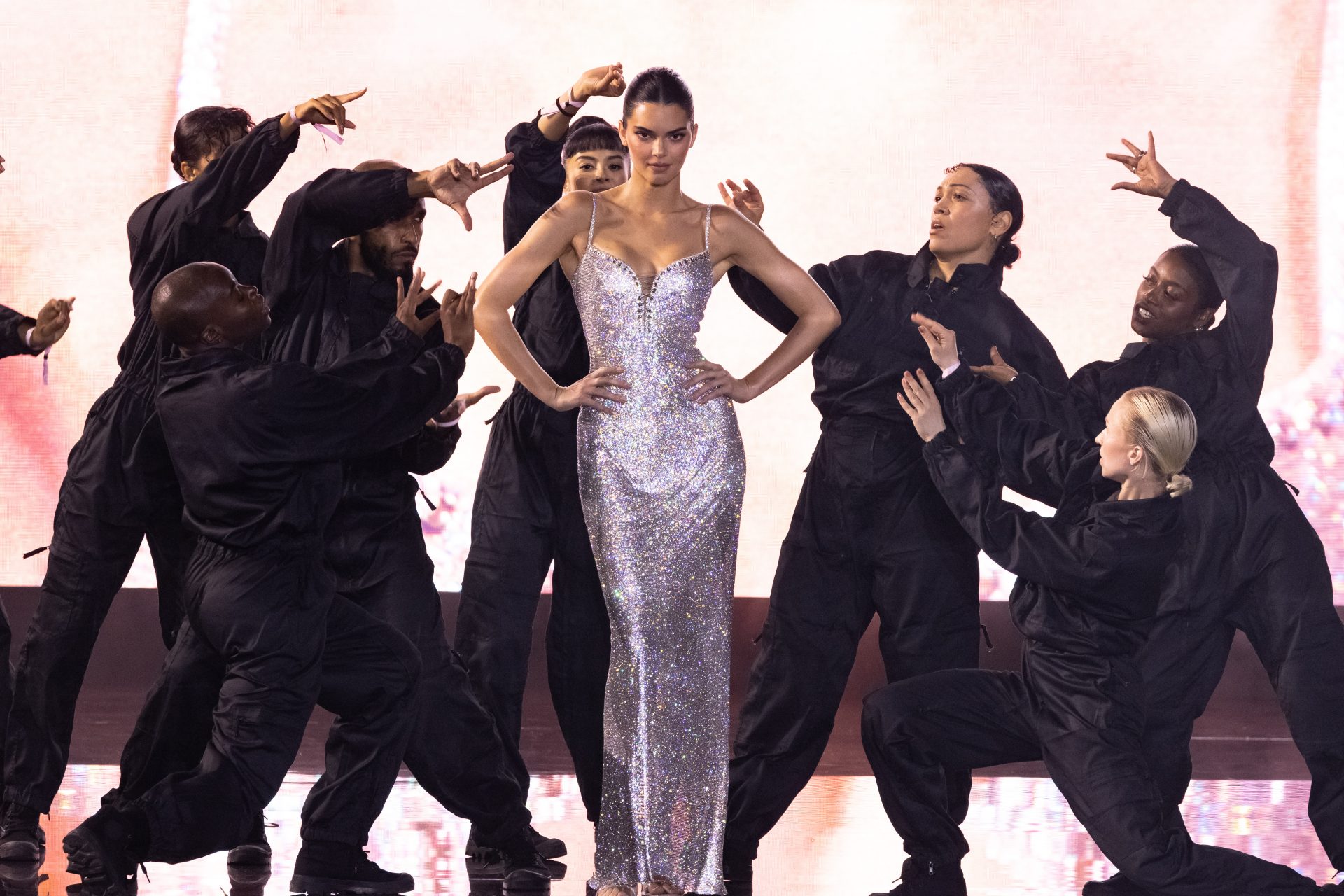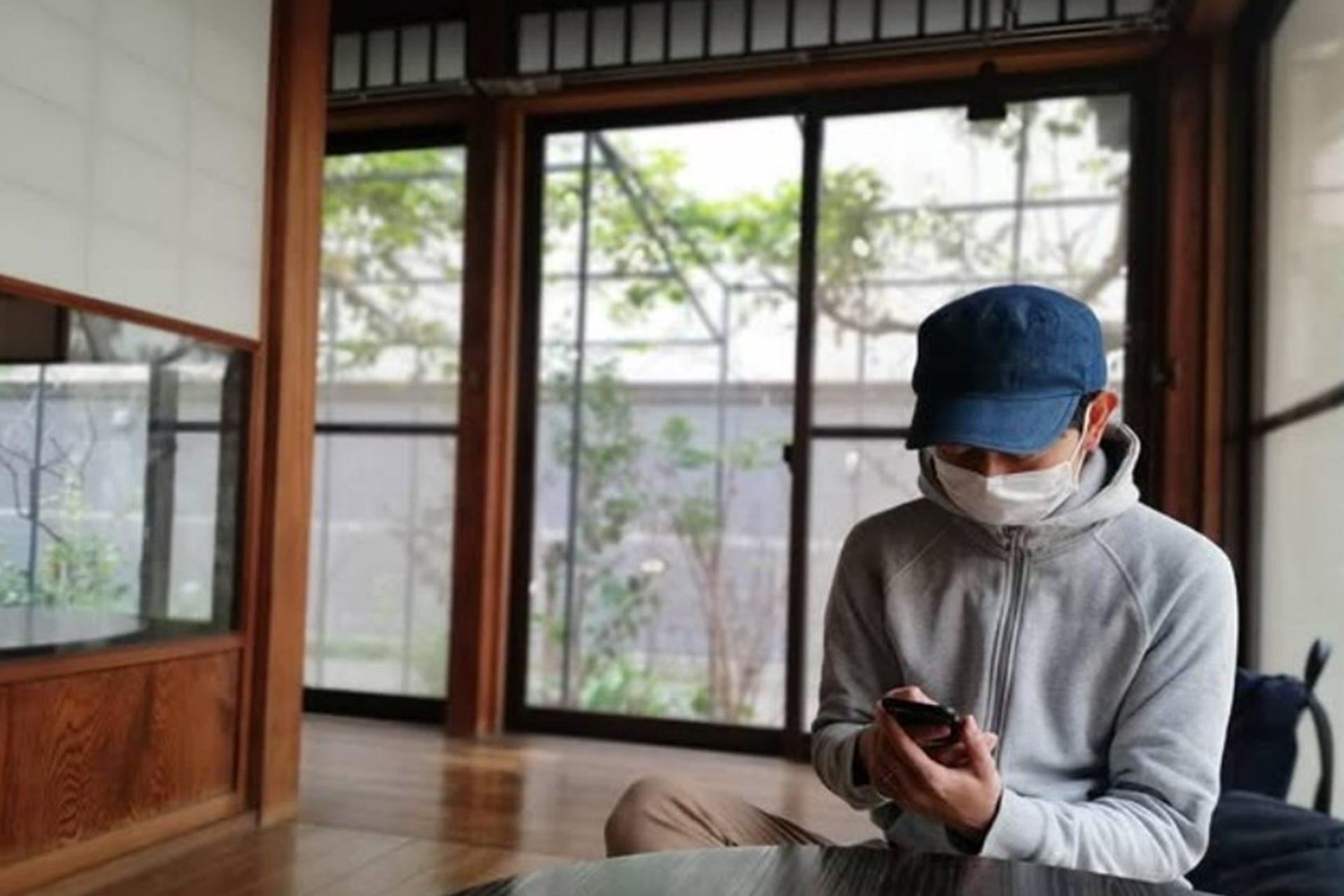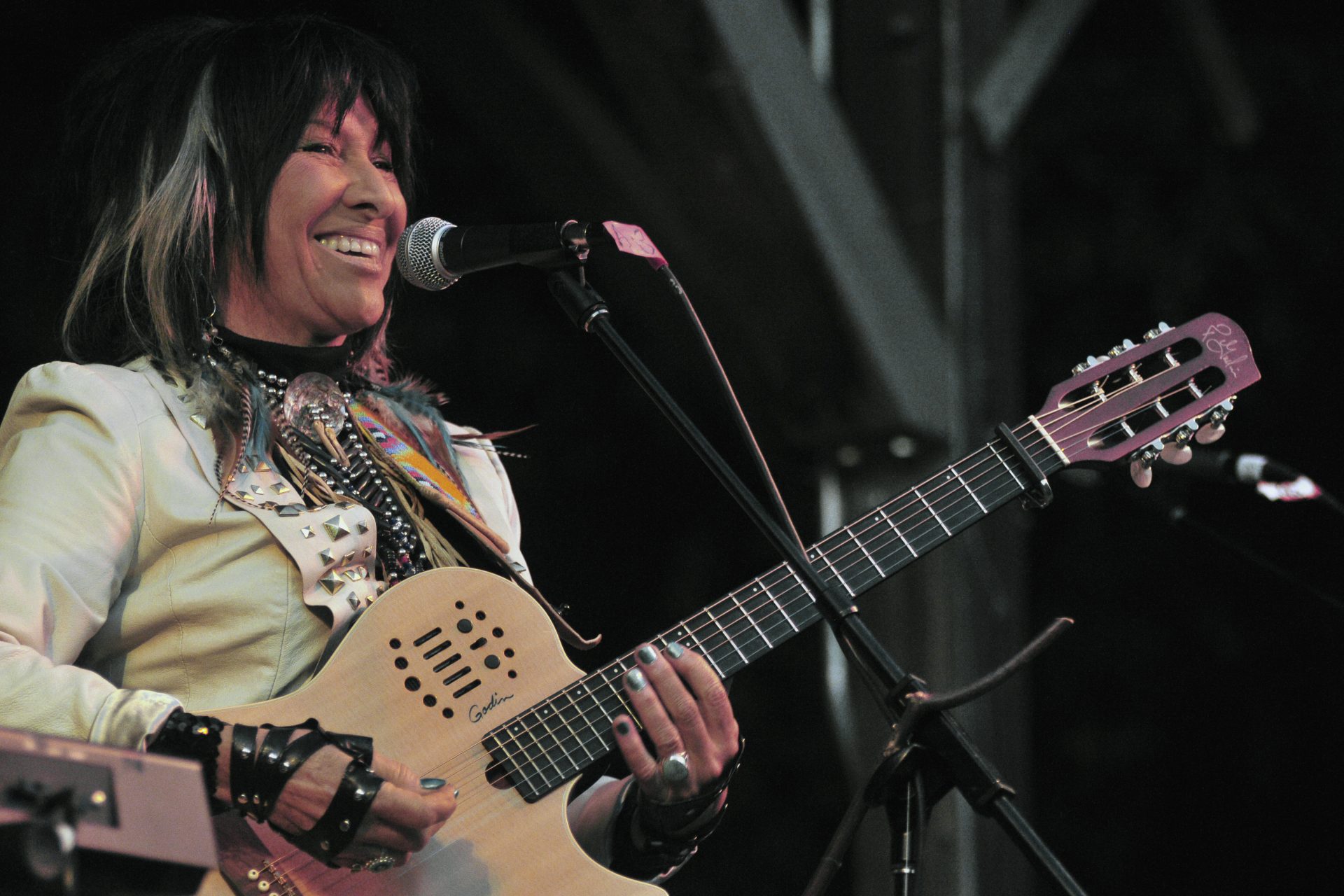Fashion show 'did-you-know'? How and why do they exist?
Fashion Weeks are an unmissable date... not only for haute couture enthusiasts but, more importantly, for those who have made a career out of fashion, guaranteeing the industry a turnover that, with some setbacks, is capable of moving billions of dollars worldwide.
As proof of the importance of such events, you only need to think that in one year, in addition to the so-called 'big four' (Milan, Paris, London, and New York), around 40 different fashion weeks are held worldwide. But has it always been like this? Have there always been fashion shows? (Spoiler: no.)
Not only are fashion weeks a relatively recent event, but the very concept of a fashion show is not as obvious as it might seem. Until the first half of the 19th century, designs were made and then shown to the prospective buyer directly on mannequins.
Follow Showbizz Daily to stay informed and enjoy more content!
It was not until 1853 that a British designer had the 'audacity' to show his designs worn by a person, in this case Marie Vernet, his wife. Regarded as the father of haute couture, Charles Frederick Worth (pictured) was the creator of this fashion show, subversive and decidedly revolutionary for the times, which opened the door to what we recognise today.
Worth's decision brought about a radical change in the commercial outlook of the time, and it's because of him that we owe the birth of the profession of 'mannequin' , the name of which reminds us of the mannequins that were traditionally used.
Photo: models in 1909
If at first the ratio was 1:1 (one customer to one model), at the dawn of the 20th century it evolved and merchants realised that it was possible to attract more customers to their shops and to show them more clothes at the same time, thus increasing the possibility of receiving more orders.
The history of the catwalk can be traced back to a Manhattan store, Ehrich Brothers, in 1903, but within a few years it was a common practice in many other department stores in the United States, which held them seasonally, following a calendar that we still use today.
In the photo, a catwalk in the Saks department store in New York
The step from the single fashion show to the early fashion weeks, however was not a quick transition . With two World Wars looming fashion shows took a back seat to more important matters.
Although not a priority, however, fashion has often represented a form of escape from the ugliness of the world. Knowing this, it was the US government itself, that supported what is considered the first fashion week in history, held in New York in 1943.
In the picture: one of the models presented at the first fashion week
The echo of the success of New York Fashion Week reached France. As in much of Europe, World War II had brought fear and misery to the country, but people wanted to put the horror of war behind them and carry on with life.
Pictured, a modelling school in Paris in 1945
France wasn't ready for a fashion week yet, but it was ready for fashion shows. And so, once the Second World War was over, French stylists returned to opening their doors and presenting their creations, organizing fashion shows in their boutiques and for a well-selected number of customers.
In the photo, Christian Dior models in Paris in 1948
In Paris, those were the years of Christian Dior, Coco Chanel (in the photo) and other big names of a fashion industry that still stands the test of time today.
On the other side of the Alps, however, this process was not so immediate. Italy, in fact, had to wait a few years before officially embarking on the fashion adventure, to be exact, 1951, the year the first Italian fashion show was held, commissioned by Giovan Battista Giorgini and called "First Italian High Fashion Show".
In the splendid Florentine setting of Villa Torrigiani, for 3 days Giorgini had clothes from 10 distinct Italian brands paraded on a catwalk. It was an event that is today considered the creation of Made in Italy.
In the photo: an American buyer observes a model in Florence, July 1951
For the first Parisian ready-to-wear fashion week, we have to go back to 1973 and then back to 1984 for London fashion week.
In the photo: a model from Marc Bohan's fashion show for Dior, Paris 1973
Although these were the seeds of today's fashion weeks, the first ones were still far from the spectacular events of today: there was no music, there were no photographers, there were no special effects, nor breathtaking locations.
With a business model perhaps more focused on the end customer, fashion houses were certainly aiming for a more immediate return. For this reason, the models carried signs with the model number, to make it quicker to place an order at the end of the show.
The originality of their creations, then, for a designer of the time was an indisputable value, to be protected at all costs. For this reason, in order to avoid competition, the fashion shows were shrouded in an aura of secrecy and, mostly, without photographers. Even more so if important personalities participated.
In the photo: Richard Nixon and his wife Patricia during a Pierre Cardin fashion show
But things soon change and fashion houses opened up to the idea of more glamorous settings and a bigger audience to share their talent with.
The search for the 'spectacular' in important fashion shows became a real must in the 90s, with ever-changing and exotic locations and the phenomenon of the Super Models .
Today, notably due to the spread of social networks and the birth of new professional categories linked to them, fashion weeks are far from those events intended for a small group of customers and buyers. And yet, ultimately, they represent the result of a great process of evolution in fashion which, over the years, has adapted to the evolution of society itself.
Follow Showbizz Daily to stay informed and enjoy more content!



